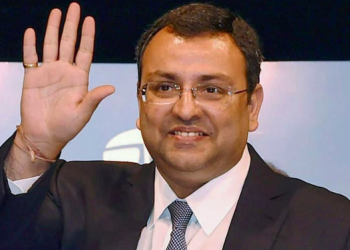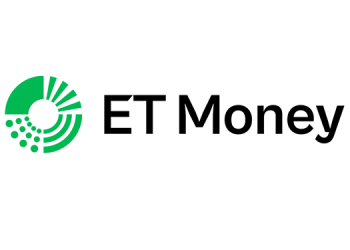
Mumbai : The broadcasting major “Discovery Network” will launch the country’s first Hindi crime and suspense channel “Investigation Discovery” branded as “ID”, deviating from their regular strategy in India so far, which is “stick to genres where it has been the pioneer and where it can be the number one player in the market”. Unlike the highly competitive general entertainment (40-50 channels in Hindi and regional languages) or news ( 400 of them), Discovery has consciously stuck to niches such as lifestyle, wildlife, science, motoring, etc – where the number of competitors is limited or nil.
The US-based broadcaster, which already has a bouquet of 11 channels, is now changing tack and is taking a plunge in the over-crowded Hindi general entertainment genre where it has to compete with big boys like Star TV, Zee, Sony and Colors etc… But Discovery has formulated a clever strategy: it will not take them head on. Instead, it will stick to its core strategy of creating a new niche within the larger entertainment space that has not been addressed by others.
So the new offering, “Investigation Discovery”, is the first Hindi channel which will offer only true stories on crime and suspense. Rahul Johri, executive vice president and general manager, South Asia of Discovery Network, says: “The current GEC channels are a hotchpotch of music, cinema and serials with no unique content. They look alike. What we want to do is be the default setting for anyone who wants to see crime and suspense in Hindi”.
Johri hopes he would be able to replicate the success the new channel has achieved in the US in India too. In The US, it is one of the fastest growing channels for the company.
This is of course not the first time that Discovery has tried to create a niche in a market where it does not have the first mover advantage. It did the same in case of “Discovery Kids” launched two years ago even though the kids market has eight channels. Johri says the challenge was to create a differentiated content. “Many of the existing channels were showing the same programme over and over again. It was mindless entertainment. We wanted to offer variety and took the platform of combining entertainment with learning. So we had programmes that entertain children through information about adventure, science, wildlife and technology,” says Johri.
The strategy has worked as Discovery Kids now has a reach of over 12 million across the country, even though it still has a long way to go as the viewership of the top kids’ channel is between 25 to 30 million.
What Discovery is cashing in on is its reach and a large bouquet which it has been able to build in the infotainment space. With 11 of its 14 global channels already in the country, Discovery already has a large distribution base with presence in over 90 million homes. Also it has been the first off the block for cashing in on the entry of high definition TV in the country. It already has three HD channels which include Discovery, TLC and Animal Planet, and are linked up to nearly all the 1.5 million homes.
More importantly, despite being in niche genres, it already has a 1 per cent share of the total broadcasting viewership market. That is attractive considering the fact that the top four broadcasters with many channels have 8 per cent share on an average.
In the infotainment space, Discovery says it has over 70 per cent market share, which is way ahead of competition.
The next possible new entry for Discovery in India could be another niche channel – DMAX – which is targeted for men between the age of 18 -45 and who love action. And while it has just recently bought a sports channel Eurostar, it’s still early days for it to decide whether it will bring it in a cricket crazy country.
What has helped Discovery in offering high quality and expensive programming is that it can dip into the pool of its global network, which spends $1.8 billion annually on content. Of course the content doesn’t come free – the amount it has to fork out depends on the share that it has to contribute to the central pool based on its local revenues.
Unlike many other broadcasters, Discovery has always kept its channels pay. “Our ratio of subscription to advertising is 50-50 which is the same as in the US,” says Johri. But he also points out that the number is bound to go up as more and more subscribers get connected on the set top box. So it’s not dependent on advertisers, who many analysts say, are still not ready to pay the premium for infotainment channels as is the practice in other global markets .
Discovery is also aware that it needs to indigenise content rather than depending completely on global sourcing and dubbing them into languages. It has for instance taken the first step to introduce regional feeds, which have added to overall viewership. For instance, it offers a customised Discovery Tamil channel which is available in 10 million homes in 32 districts of Tamil Nadu. Discovery channel is also available in Hindi, Telugu and Bangla. Animal Planet and TLC is available in Hindi, too.
Johri says he already has 100 hours of local content ranging from sports, defence academy, film star Shah Rukh Khan, etc. For Johri and his team, this could be the new area in the immediate future.

















